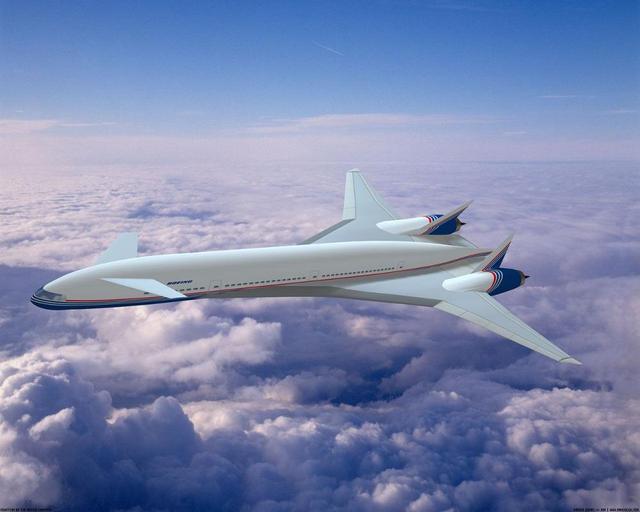Morne
Line Up and Wait
- Joined
- Sep 18, 2011
- Messages
- 699
- Display Name
Display name:
Morne
So I was thinking about the two newest transport aircraft, namely the A-380 and 787. Both utilize composites a great deal. Yet both still have conventional wing and tail configurations rather than a canard. If all the canard flyer claims of greater efficiency (both surfaces lift as opposed to a conventional tail pushing down) are true then why aren't new transport category aircraft designed as canard birds?



